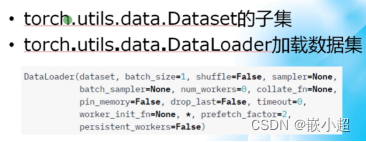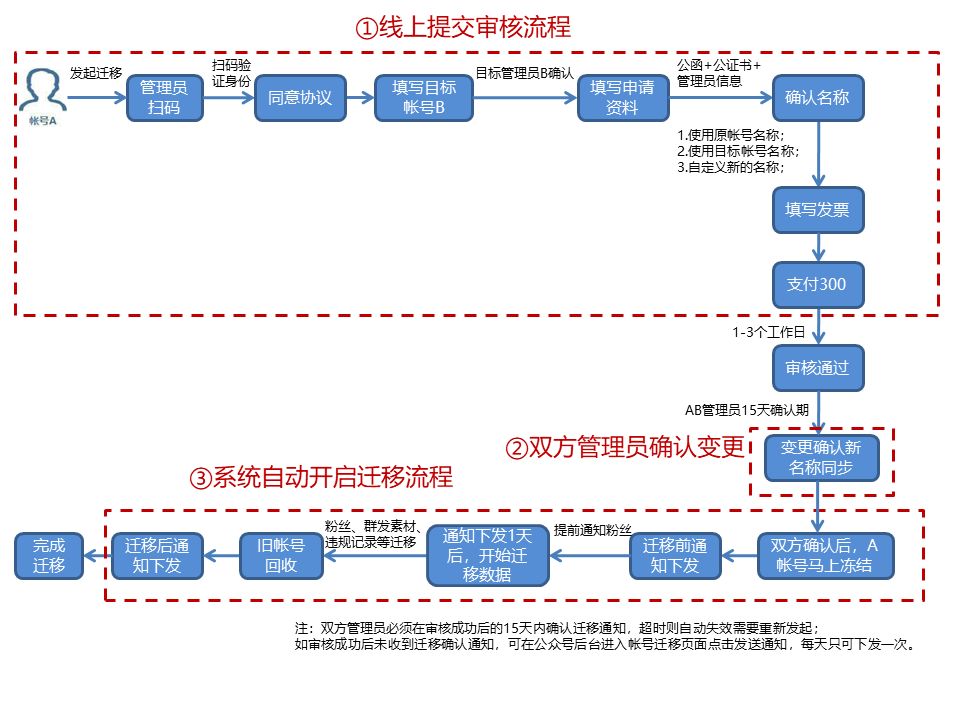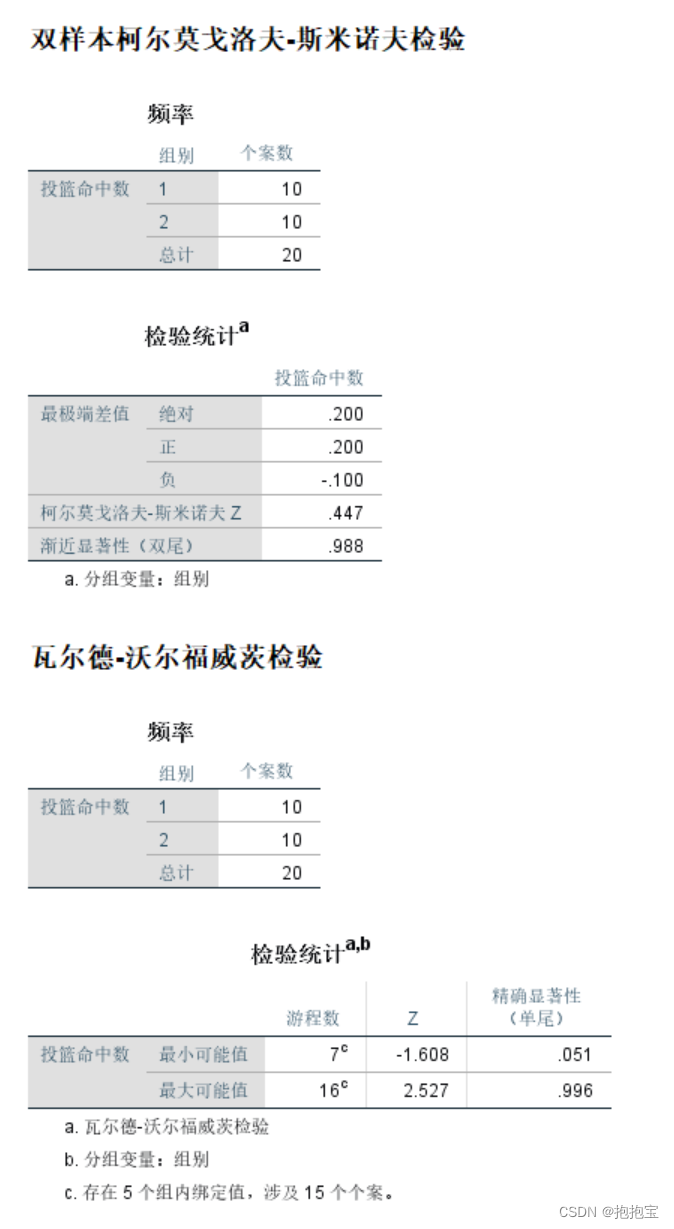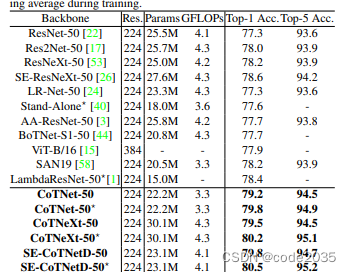传送门:AtCoder Regular Contest 163 - AtCoder
第一题我们只需要将字符串分成两段,如果存在前面一段比后面一段大就成立。
#include<bits/stdc++.h>
#define int long long
using namespace std;
typedef long long ll;
typedef pair<int,int> PII;
const int N=1000000007;
int n,k;
void icealsoheat(){
cin>>n;
string s;
cin>>s;
for(int i=1;i<n;i++){
if(s.substr(0,i)<s.substr(i)){
puts("Yes");
return;
}
}
puts("No");
}
signed main(){
ios::sync_with_stdio(false);
cin.tie();
cout.tie();
int _;
_=1;
cin>>_;
while(_--){
icealsoheat();
}
}B - Favorite Game
第二题也比较基础,我们可以先把后面的数组排序,然后枚举每一段(每一段的长度为k,包含按顺序的k个数)
代码如下:
#include<bits/stdc++.h>
#define int long long
using namespace std;
typedef long long ll;
typedef pair<int,int> PII;
const int N=1000000007;
int n,k;
int b[1000005];
void icealsoheat(){
int le,re;
cin>>n>>k;
cin>>le>>re;
n-=2;
int an=0;
for(int i=1;i<=n;i++){
cin>>b[i];
if(b[i]>=le&&b[i]<=re)an++;
}
sort(b+1,b+1+n);
if(an>=k){
cout<<0;
return;
}
int ans=0x3f3f3f3f3f3f3f3f;
for(int i=1;i<=n-k+1;i++){
int xx=0;
if(le>b[i])xx+=abs(le-b[i]);
if(re<b[i+k-1])xx+=abs(re-b[i+k-1]);
ans=min(ans,xx);
}
cout<<ans;
}
signed main(){
ios::sync_with_stdio(false);
cin.tie();
cout.tie();
int _;
_=1;
// cin>>_;
while(_--){
icealsoheat();
}
}C - Harmonic Mean
这题想到了裂项相消公式,但是没有想到给他们分开。
当存在n=t*(t+1)的时候,我们不能直接用数列(2,6,12,20.。。。。(n-1)*n,n)
而是把后n-1项看成一部分,使后n-1项的和等于1,然后把每一个项数*2,此时的后n-1项的总和为1/2,这时候我们只需要再放入一个2即可
代码如下:
#include<bits/stdc++.h>
using namespace std;
#define int long long
typedef long long ll;
typedef pair<int,int> PII;
const int N=998244353;
const int MX=0x3f3f3f3f3f3f3f3f;
int n,k;
map<int,int>hh;
void yu(){
for(int i=1;i<=500;i++){
hh[i*(i+1)]=1;
}
}
void icealsoheat(){
cin>>n;
if(n==2)cout<<"No\n";
else{
cout<<"Yes\n";
if(n==1)cout<<"1\n";
else if(n==3)cout<<"2 3 6\n";
else{
vector<int>ans;
if(hh[n]){
n--;
for(int i=1;i<n;i++){
ans.push_back(2ll*i*(i+1ll));
}
ans.push_back(2ll*n);
cout<<"2 ";
for(auto i:ans){
cout<<i<<" ";
}
}
else{
for(int i=1;i<n;i++){
cout<<i*(i+1)<<" ";
}
cout<<n;
}
cout<<"\n";
}
}
}
signed main(){
ios::sync_with_stdio(false);
cin.tie();
cout.tie();
int _;
_=1;
yu();
cin>>_;
while(_--){
icealsoheat();
}
}D - Sum of SCC

好厉害的题,开拓了我的视野。不看题解我是真想不到竟然还能这么dp。
我们可以知道,统计SSG(强连通分量)是很难统计的。竞赛图有一个性质:当我们把强连通分量缩点之后,拉直,整个竞赛图会变成一条很长的链,并且,长的链上的任何两个点之间都有一个链(很抽象又很神奇的想法)。既然变成了一个长长的链,那么其实我们可以通过在长链上某点进行一刀切,使其分成左右两个集合,分别是集合A与集合B,同时,我们定义集合A的所有点都与集合B的相连。且集合A的数字较小,集合B的数字较大。
我们用三维dp i,j,k来进行动态规划。i表示我们只有前i个点儿的状态,j表示A集合中有j个点儿,k表示有k条小数向大数连的边。
我们每次塞进去第i个点儿,有两种情况:
1.将该点儿塞入集合A中,那么该点儿可以从集合A中选择p个点使这p个点儿指向该点儿。
dp[i+1][j+1][k+p]+=dp[i][j][k]*c[j][p]
2.将该点儿塞入集合B中,那么A点都会指向该点儿,同时我们可以选取B集合中p个点儿,使其指向该点儿。
dp[i+1][j][j+k+p]+=dp[i][j][k]*c[i-j][p]
代码如下:
#include<bits/stdc++.h>
#define int long long
using namespace std;
typedef long long ll;
typedef pair<int,int> PII;
const int mod=998244353;
int n,m;
int c[505][505];
void init(int mx)
{
for(int i=0;i<=mx;i++)
for(int j=0;j<=i;j++) c[i][j]=j?(c[i-1][j-1]+c[i-1][j])%mod:1;
}
void icealsoheat(){
cin>>n>>m;
vector dp(50,vector(50,vector<int>(1600,0)));
dp[0][0][0]=1;
for(int i=0;i<n;i++){
for(int j=0;j<=i;j++){
for(int k=0;k<=i*(i-1)/2;k++){
for(int p=0;p<=j;p++)(dp[i+1][j+1][k+p]+=dp[i][j][k]*c[j][p]%mod)%mod;
for(int p=0;p<=i-j;p++)(dp[i+1][j][j+k+p]+=dp[i][j][k]*c[i-j][p]%mod)%mod;
}
}
}
int ans=0;
for(int i=1;i<=n;i++){
ans=(ans+dp[n][i][m])%mod;
}
cout<<ans;
}
signed main(){
ios::sync_with_stdio(false);
cin.tie();
cout.tie();
int _;
_=1;
// cin>>_;
init(500);
while(_--){
icealsoheat();
}
}


















